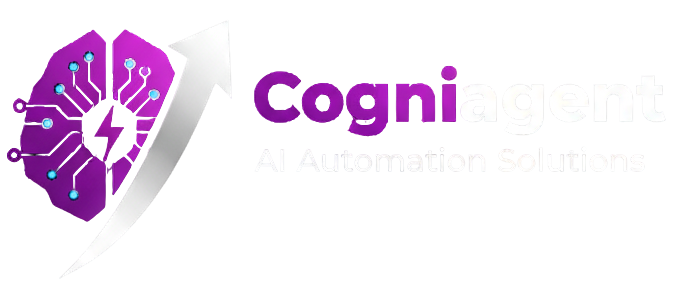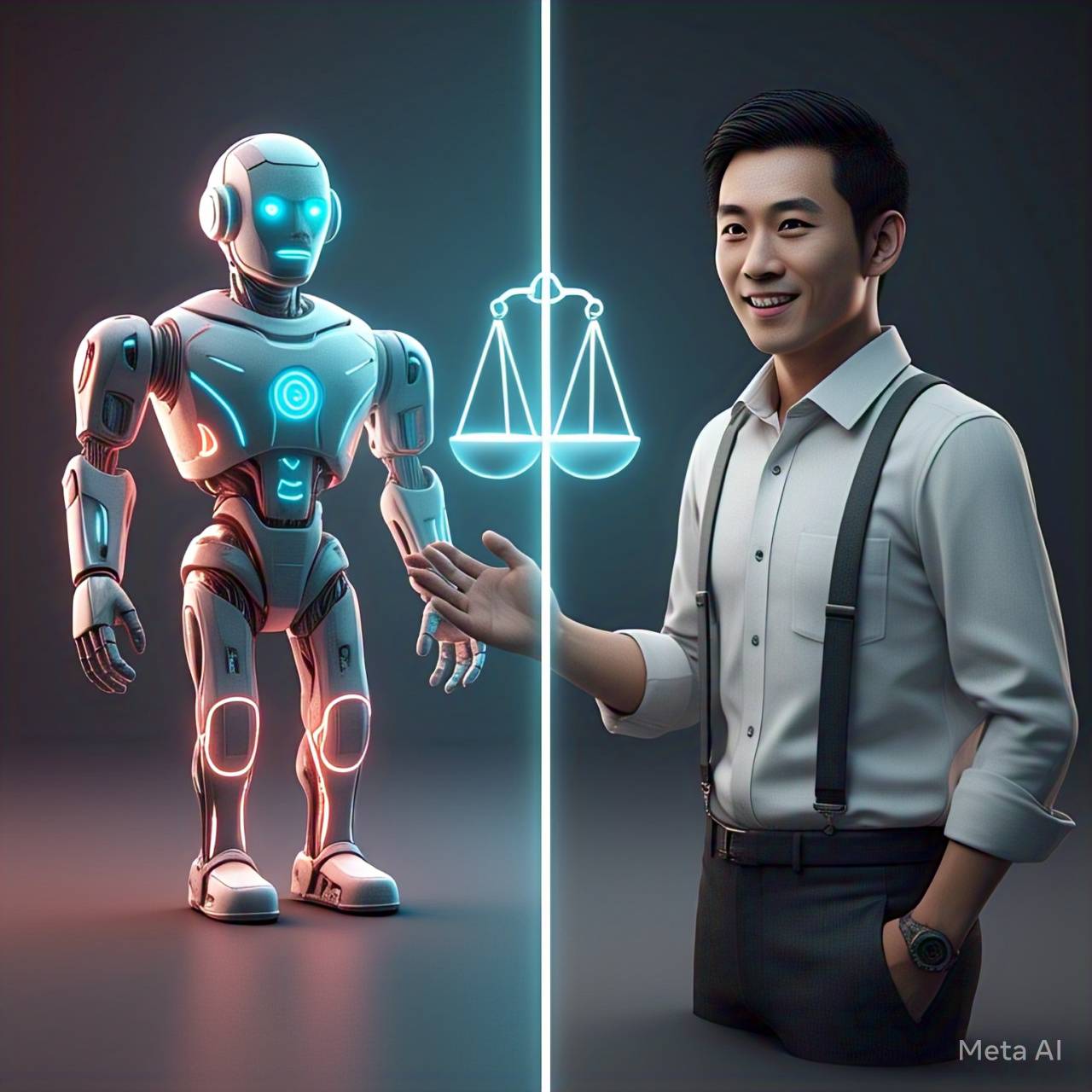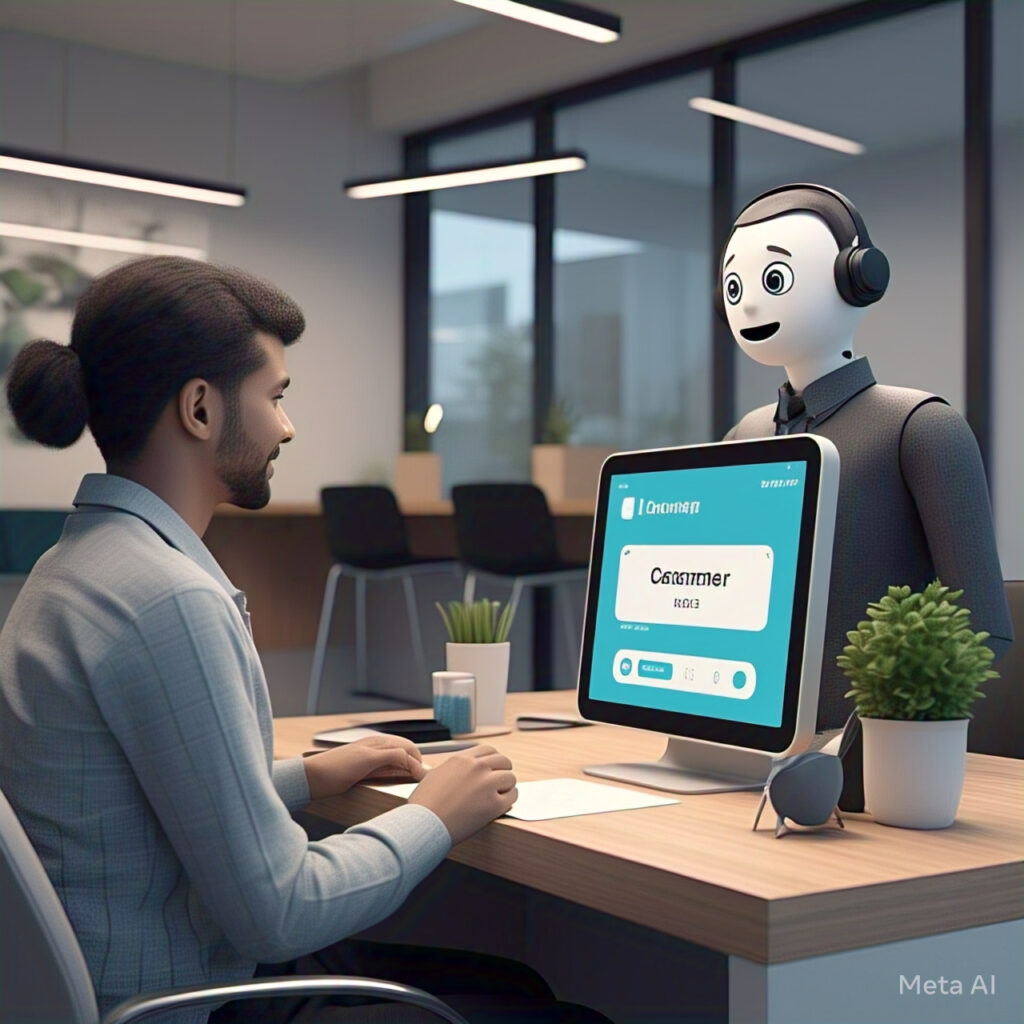
Customer Preferences in the AI Chatbots vs Human Agents Comparison
Welcome to our comparison of AI chatbots vs human agents. If you’ve ever needed help while shopping online or had a question about a bill, you’ve probably talked to either a chatbot or a human agent.
But which one is better for customer service? Let’s break it down in a way that’s easy to understand, like comparing two friends helping you out.
I’ll walk you through everything, from when they’re available to how they handle tough problems, and by the end, you’ll see why both can work together for awesome customer service.
First, let’s get clear on what we’re talking about. AI chatbots are like smart computer programs that can chat with you.
They use something called artificial intelligence to understand what you’re saying and give answers. Think of them like a helpful robot on a website, popping up to ask, “How can I help you today?” On the other hand, human agents are real people, like customer service reps you might call or chat with. They’re there to listen and solve your problems, often with a bit more warmth.
Now, why does this comparison matter? Well, businesses are always trying to make customers happy, and they’re deciding whether to use chatbots, humans, or both.
It’s a big deal because it affects how quickly you get help, how much it costs the company, and even how you feel about the brand. Let’s dive in! Want to See Real Time Demo, Click on the link
When Are They Available?
Let’s start with something simple: when can you get help? AI chatbots are like superheroes—they never sleep.
They’re available 24 hours a day, 7 days a week, no breaks. Imagine it’s 2 AM, and you’re trying to book a flight for tomorrow.
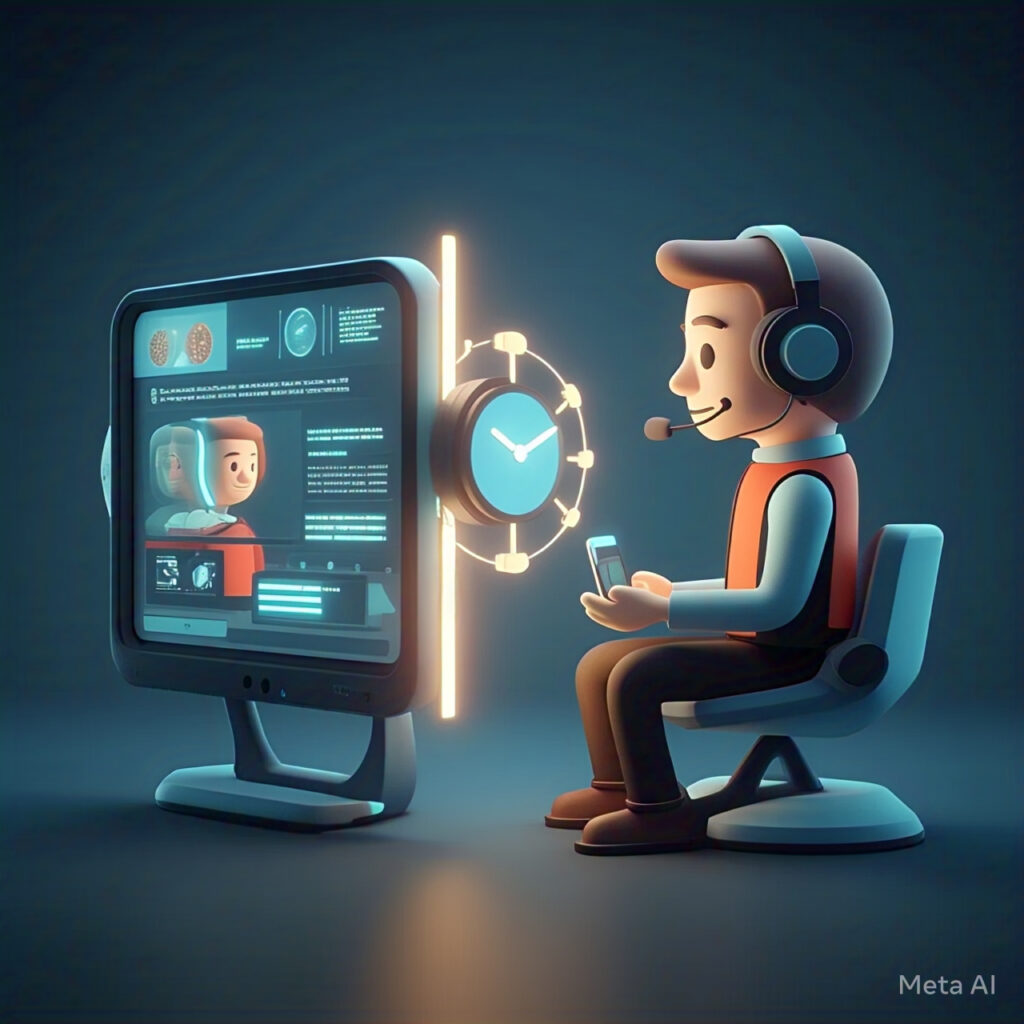
You can chat with a bot right then and there, no waiting. This is great for global companies like Amazon, where customers in different time zones need help at all hours.
Human agents, though, have set hours, like a regular job. They might work from 9 to 5, Monday to Friday, and if you need help on a Sunday night, tough luck—they’re probably off.
This can be frustrating, especially if you’re in a hurry. So, for availability, chatbots win hands down.
Can They Handle Lots of People at Once?
Next, let’s talk about how many people they can help at the same time. Chatbots are amazing here. They can chat with 100 customers at once, no problem.
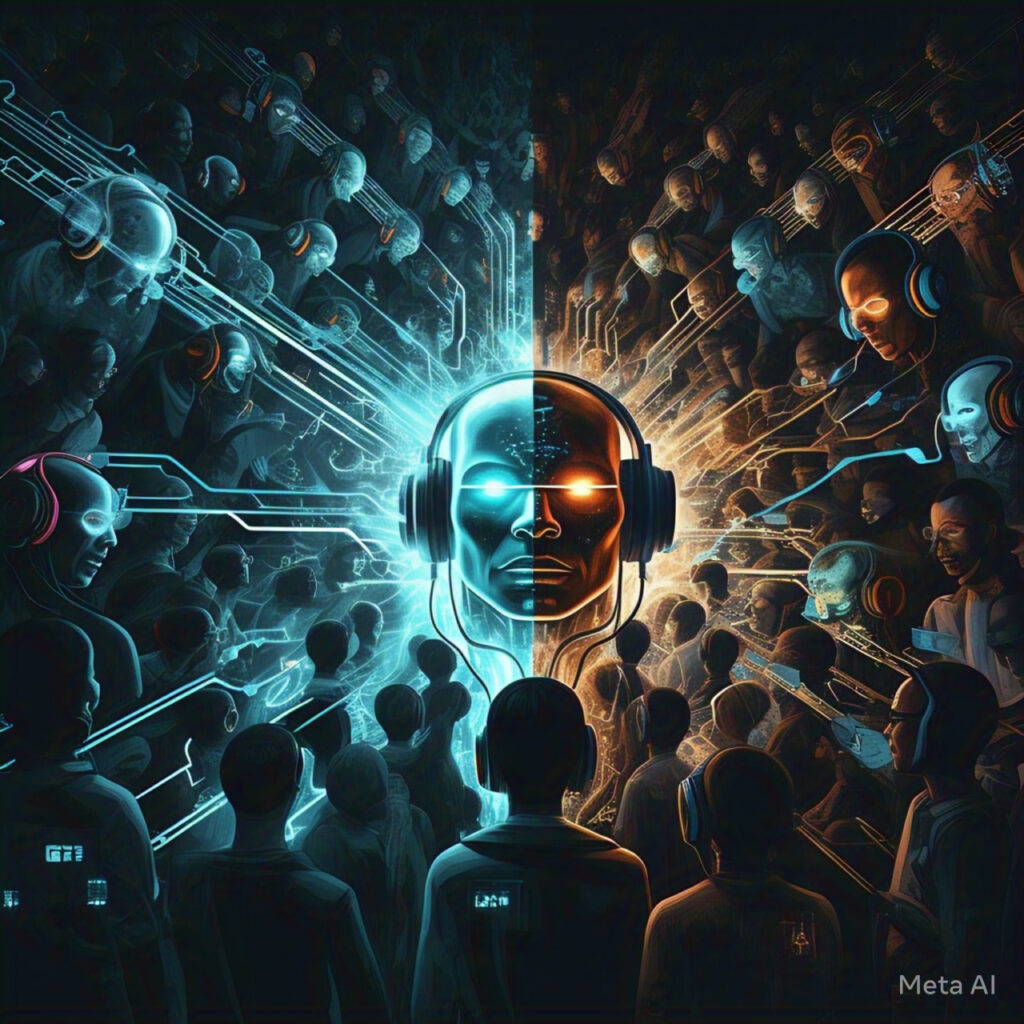
It’s like having a team of helpers who never get tired. This is perfect for busy times, like Black Friday, when a retailer like Walmart gets flooded with questions about deals.
They used chatbots to handle thousands of queries, keeping everyone happy without hiring extra staff.
Human agents, on the other hand, can only talk to one or two people at a time. If there’s a sudden rush, they might get overwhelmed, and you could end up waiting.
So, for handling lots of people, chatbots are the way to go. Want to See Real Time Demo, Click on the link
How Much Do They Cost?
Money matters, right? Let’s talk cost. Setting up an AI chatbot can be pricey at first. You need to pay for the technology, programming, and maybe some experts to get it running.
But once it’s up, it’s like having a helper that doesn’t need a salary. A small business, for example, saved $10,000 a year by using a chatbot instead of hiring another person.
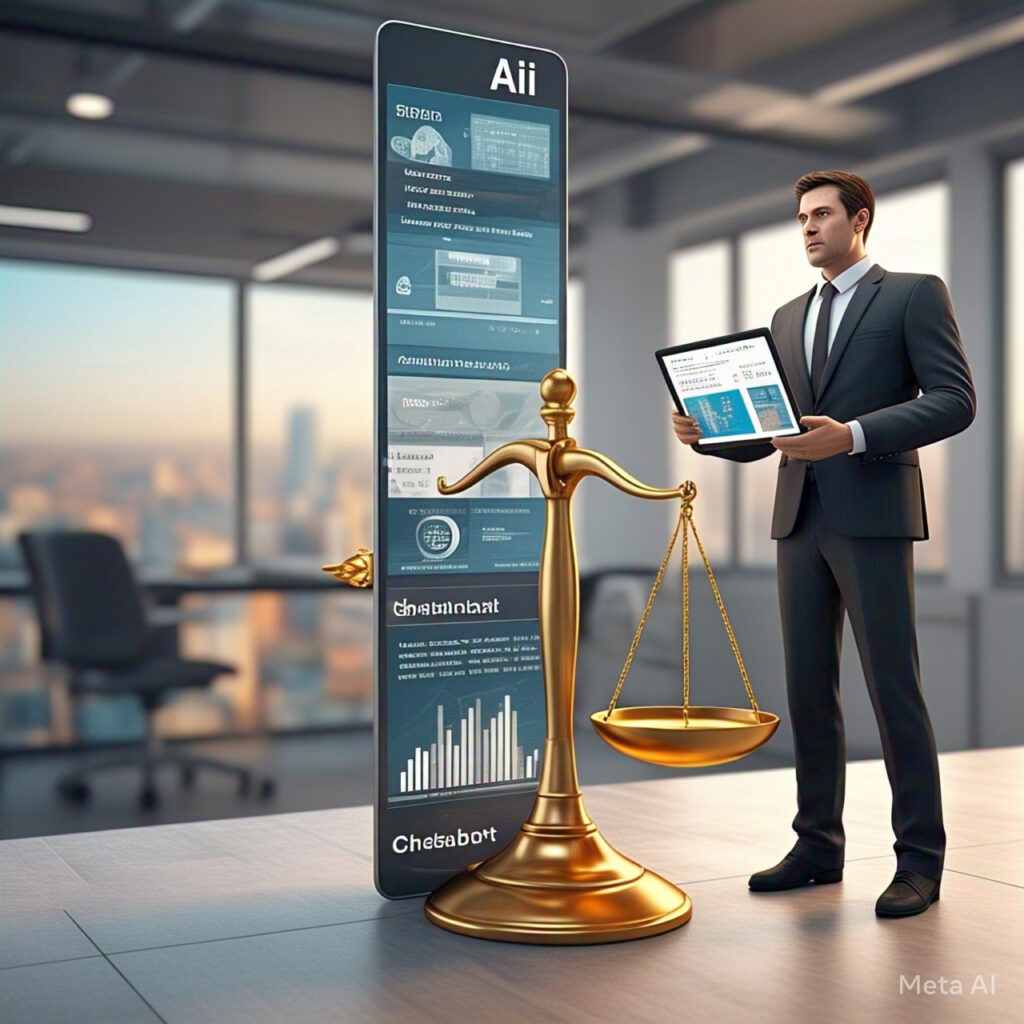
Over time, it’s cheaper because you don’t have to pay for breaks, holidays, or training.
Human agents, though, cost more. You need to pay them salaries, give them benefits, and train them regularly.
For a big company with lots of agents, this can add up fast. But for small businesses, starting with humans might be easier because there’s no big upfront cost.
So, it’s a trade-off: chatbots save money long-term, but humans are simpler to start with.
Do They Feel Personal?
Now, let’s get to something important: do they feel personal? Human agents are great here. They’re real people, so they can understand if you’re frustrated or happy.
Imagine you’re upset because your order is late. A human agent can say, “I’m so sorry, let’s fix this,” and you feel heard. They can also remember past chats and make you feel special, like, “Hey, I see you love hiking gear—here’s a deal for you!”
Chatbots, on the other hand, can feel a bit cold. They’re getting better, though. Some use something called machine learning to learn from your chats and suggest things, like a travel agency’s chatbot recommending trips based on where you’ve been before.
But they still can’t cheer you up if plans go wrong, like a human can. So, for now, humans are better at personalization, but chatbots are catching up.Want to See Real Time Demo, Click on the link
Can They Handle Tough Problems?
What about when things get tricky? Let’s say you have a billing error, and it’s confusing. Human agents shine here.
They can think through the problem, make decisions, and handle sensitive stuff, like if you’re upset about a fraud issue.
I remember a friend calling her bank about a suspicious charge. The chatbot couldn’t help, but a human agent sorted it out in minutes, making her feel safe.
Chatbots are good for simple stuff, like, “What’s your return policy?” or “When’s my delivery?” But if it’s something complex, they might get stuck.
They rely on scripts, and if your question doesn’t fit, they might say, “Sorry, I can’t help with that.” So, for tough problems, humans are the way to go.
How Fast Are They?
Speed is key, right? Chatbots are lightning fast. You ask, “When’s my delivery?” and boom, they answer in seconds.
No waiting, no delays. It’s like having a helper who’s always ready. This is great for customers who want quick help, especially when they’re in a rush.
Human agents, though, might take a bit longer. They could be busy with another customer, or they might need to look up information, so you might wait a minute or two. It’s not slow, but it’s not instant like a chatbot. So, for speed, chatbots are the winner.
Do They Track Data?
Here’s something cool: chatbots can track every chat. They remember what you asked, how long it took, and even what products you’re interested in.
This data helps businesses see trends, like which items customers ask about most. A clothing brand, for example, used chatbot data to see that people loved their new jackets, so they promoted them more and boosted sales.
Human agents can’t do this as easily. They might write reports, but it’s slower and less detailed. So, for understanding customers better, chatbots are super helpful.
What Do Customers Prefer?
Now, what do people like better? It’s a mix. Some love chatbots for quick help. Like, my friend uses them to track orders because it’s fast and easy. But for big issues, like getting a refund, she prefers humans. They feel more trustworthy.
Recent studies show about 60% of customers are okay with chatbots for simple tasks, but 40% still want humans for complex stuff (source). Another study found that while chatbots handle routine tasks well, customers are happier with humans for tricky problems. So, it depends on what you need help with.Want to See Real Time Demo, Click on the link
How Can Businesses Use Both?
Here’s the thing: you don’t have to choose one or the other. Many companies are using both together, and it works great.
For example, a tech company uses chatbots for FAQs, like “How do I reset my password?” Then, if you have a tech issue, it passes you to a human agent who can fix it. This saves time for both customers and the company.
You can train chatbots to handle easy stuff and let humans focus on the tough parts. Plus, chatbots can collect data to help humans understand what customers need more. It’s like having a team where everyone plays their role
Wrapping Up
So, what’s the verdict? AI chatbots are fast, always available, and save money, while human agents are personal, empathetic, and great for complex issues.
They’re not enemies; they can work together. Imagine a world where a chatbot helps you quickly, and if it gets tricky, a human steps in. That’s the future of customer service, and it’s already happening.
Why not try a mix? Your customers will thank you for the quick help and the personal touch. Let’s make customer service better for everyone!
